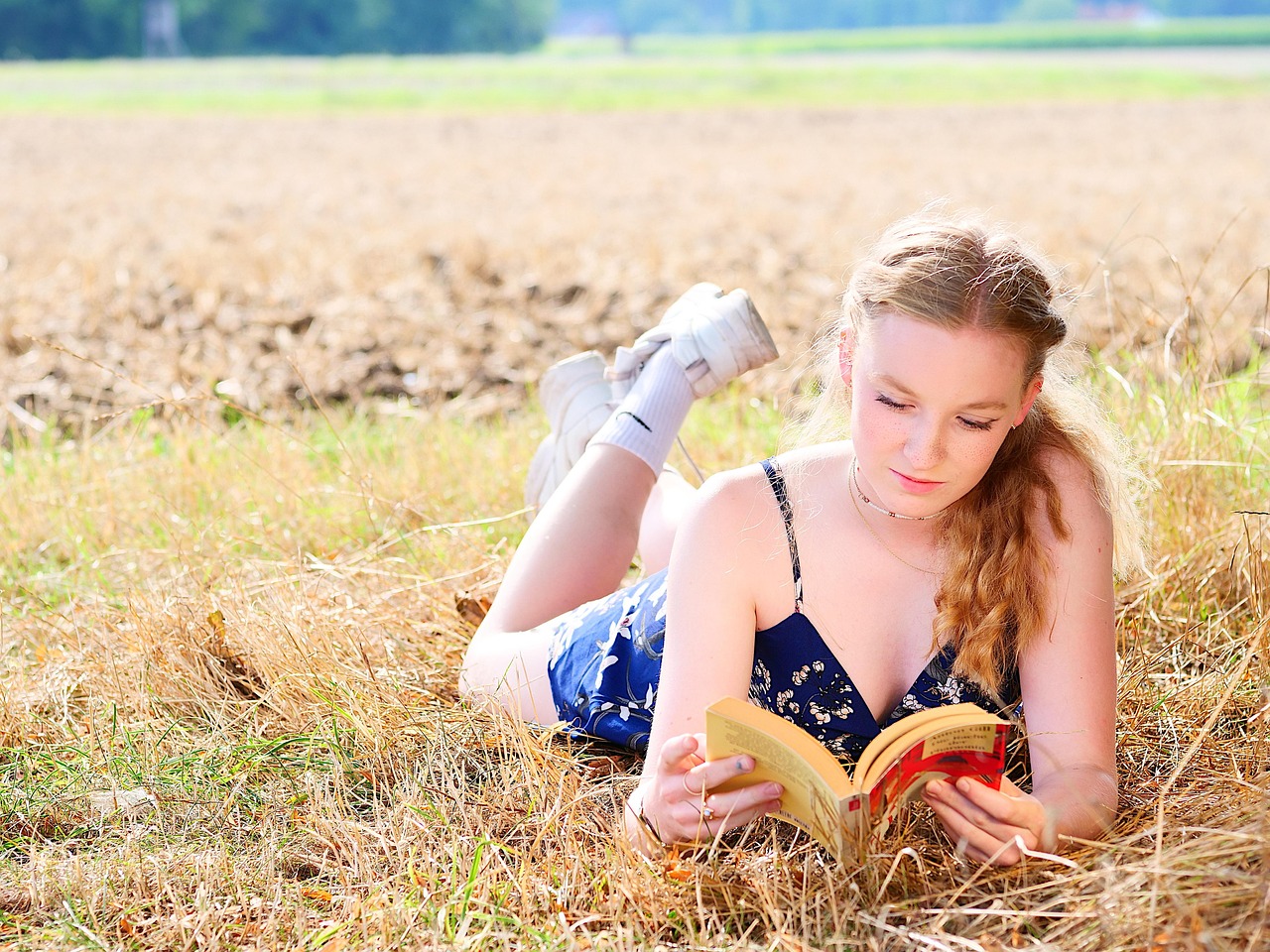The Book Thief by Markus Zuzak Boy Swallows Universe by Trent Dalton The Secret History…
Updike proves a little less palatable in the #MeToo era
I was thrilled to pick up a copy of John Updike’s Witches of Eastwick at an op shop recently. I hadn’t read a book by Updike in years, and had loved the damning and revealing insights into human nature and ever so slightly risqué themes in Couples and the Rabbit series.
And while Witches of Eastwick had Updike’s characteristic wit and insight, there was an element in his writing that I hadn’t noticed before. Perhaps the title could have given me a clue as to the misogyny within, but it did not. And so I began to read about women who ruined townspeople’s marriages, who schemed and gossiped over gin and who leave a mass of broken marriages, hearts and even bodies, behind them.
It’s not hard to find a passage that reveals disgust or rage at women – there are many. One example is a conversation between the ‘witches’ after a woman has been beaten to death by her husband.
“She was full of hate, darling. It was the hate coming out of her mouth that did her in, not a few harmless feathers and pins. She had lost touch with her womanhood. She needed pain to remind her she was a woman … She needed to be beaten.”
The unease I felt at some of Updike’s descriptions of the women and their cruel hold on the pious (although often weak) men they encountered made me wonder how I could have overlooked this element of his writing decades ago when I first read his work.
In the Rabbit series, I do remember being surprised by the protagonist’s description of his wife, but I swept my unease aside in my enjoyment of the book. And I told myself that Updike was equally cruel in his descriptions of women and men. Men are not spared this cruelty, and the image of Monty’s “drooping milk-smooth buttocks” is burnt into my mind.
But, in knowledge of the current reality of the violence against women that is all too often in the news, and not far from my backyard, I find it hardto ignore.
As it turns out, Updike’s representation of women has been noticed more broadly. In 2018, literary critic and novelist James Wood dismissed Updike as ‘unreadable’ due to his misogyny.
And while my eyes might have been opened in my latest reading, a decade ago the same doubts were being aired. In The Guardian, Anna Shapiro referred to the way Updike dismissed the women’s view when looking at them through the eyes of his cruel male protagonists.
“It wasn’t because of reasonable reservations about a female writer, or even the fact that he reviewed many, many more books by men than women, that feminists spotlighted him as sexist or that female readers choked a little on his novels and stories. It was the way he depicted women. It was the way he described them – us. You felt yourself squirming, wanting to pull a blanket over you, preferably lead-lined, to shield yourself from the merest stray phrase or casual observation. Not because they were sexual and incited one’s modesty. It was not like being stripped. It was like being splayed open on the examining table under the glare of medical lamps while satirical remarks were made; it was being seen looming with comic grotesqueness through a telescope; it was the most unfriendly leering by someone saying, You see? You see? How could anyone love that?”
Interestingly, in a review in The Guardian, Christopher Tayler asserted that Witches of Eastwick was: “Updike’s first sustained effort to put female characters centre-stage. While the writing, as always, is permanently cranked up to 11, the women are impressively realised figures.”.
He asserts that the fear of women he represents in the book is ironic, as a way to parody the beliefs of the ’60s. Updike himself claimed to have moved women centrestage in the book as a way to dismiss accusations he ignored women, apart from those in the domestic realm or in the bedroom, in previous books. It’s hard for the reader to recognise this intention when Updike’s cold stare is on the bodies of the female characters he creates. It’s far easier to get the impression that the book is an attack on women and their powers, rather than the celebration of their strength that Updike claims it to be.
In a talk at this year’s Williamstown Literary Festival, Christian White spoke about the way his response to once beloved books changed over time, as readers grow and change.
He said that while he had loved The Beach and identified with the characters in the past, more recently in his mid-30s, he had felt a more knowing indulgence towards them, describing them as kids.
I’ve written before about there being a season for certain books, and in some ways the season for enjoying Updike’s work without reservations is over. But this time it is not just me who has changed – it is the society in which I live, which recognises that a certain way of thinking and writing about women is no longer acceptable. Thank goodness.
But that does not mean that the season for enjoying his work is over entirely. I love the penetrating eyes with which Updike sees people, and his incisive, often comical portrayal of his characters. His use of language is irresistible and his characters are mesmerising, usually in their horribleness. I hope that Updike’s work will continue to be appreciated, although through a new lens which rejects some outdated perspectives and prejudices that appear in his books. While his books will continue to be read and enjoyed into the future, the less palatable elements of his writing have become impossible to ignore.




Comments (0)